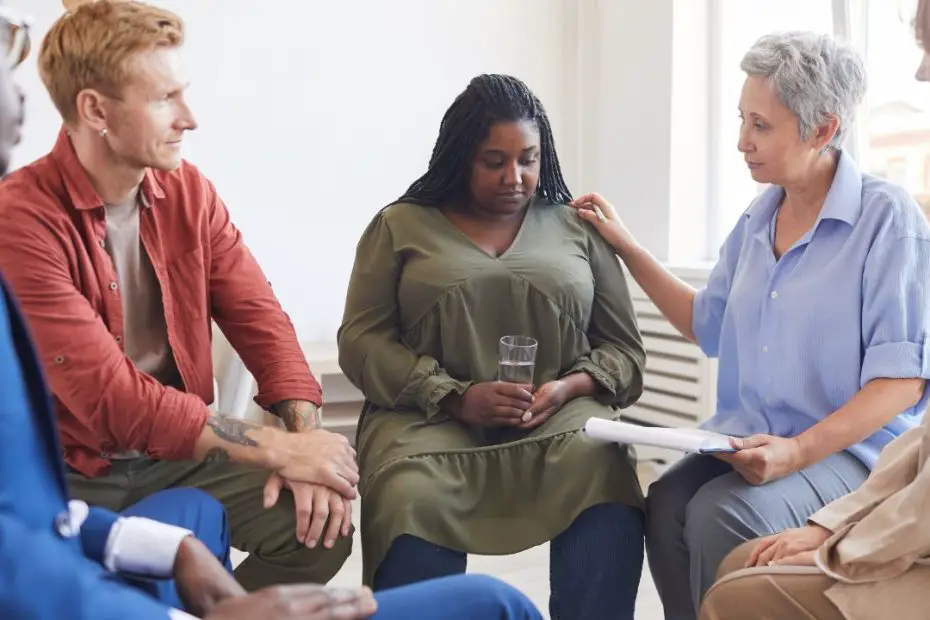Natural disasters can strike with little warning, leaving communities devastated and in need of immediate assistance. In these times of crisis, it is the collective strength of the community that becomes a beacon of hope for those affected. From simple acts of sharing resources and providing shelter to organizing large-scale relief operations, communities play an integral role in rebuilding lives after such calamities. This blog will delve into how communities provide relief after natural disasters, illustrating the power of unity in the face of adversity.
Mobilizing Resources
Communities take the lead in mobilizing resources when natural disasters strike. They swiftly gather essential items such as food, water, clothing, and medical supplies, ensuring these items reach the affected individuals promptly. Local businesses often contribute to this effort by donating goods or offering their services free of charge. Community members also organize fundraisers to financially support the relief and recovery process. This collective effort not only helps meet immediate needs but also fosters a sense of solidarity among community members.
Providing Emotional Support
Providing emotional support is another crucial aspect of community-led disaster relief efforts. The psychological impact of natural disasters can be as profound as the physical damage, leaving individuals traumatized and emotionally drained. In response, communities establish support groups and counseling services to help individuals cope with their experiences. These initiatives provide a safe space for people to share their feelings, learn coping strategies, and begin the healing process.
Supplying Temporary Shelters
In the aftermath of a natural disaster, providing temporary shelters becomes a priority for communities. Residents with intact homes open their doors to those who have lost theirs, while community centers and schools are often transformed into temporary housing facilities. In instances where these types of shelters are not available, community leaders may erect tension fabric buildings to provide disaster relief. Efforts may also be made to provide basic amenities in these shelters, ensuring displaced individuals have access to food, clean water, and sanitation facilities. This collective action underscores the community’s commitment to safeguarding the well-being of its members.
Banding Together
Banding together is a natural way that communities provide relief for citizens after natural disasters. This unity is seen in numerous ways, from neighbors helping each other clean up debris to volunteers working tirelessly to restore power and communication lines. Collective clean-up drives, repair initiatives, and rebuilding projects are common, with everyone contributing in any way they can. This shared sense of purpose not only accelerates recovery efforts but also strengthens the bonds within the community, reinforcing the idea that together, they can overcome any adversity.

